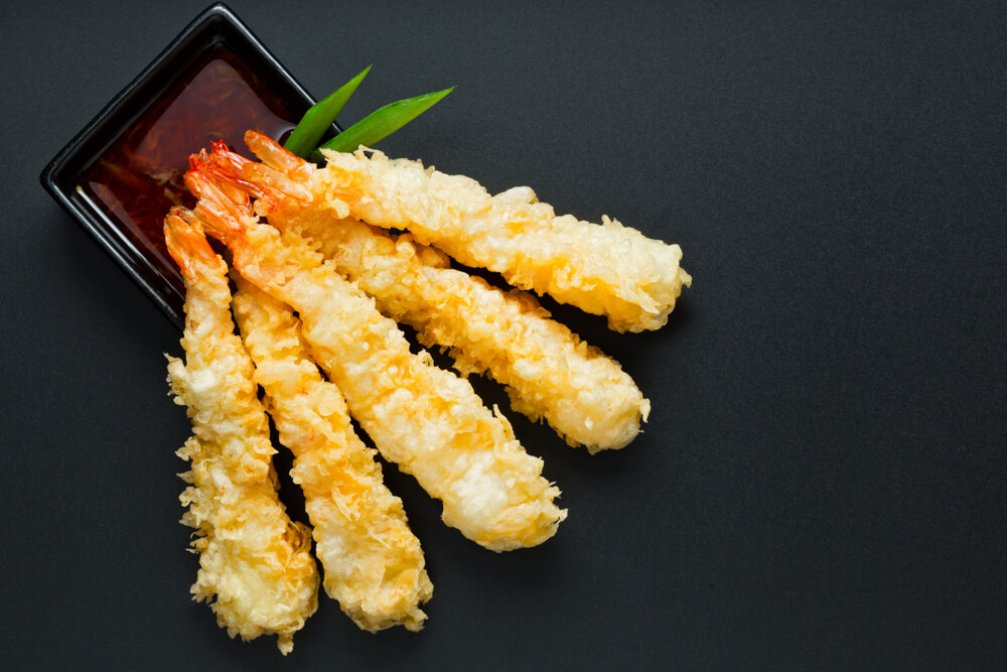Who Invented Tempura?
Tempura is a wonderful and very light frying technique of Japanese. Tempura, a technique of frying seafood and vegetables in the dough, allows for incredibly delicious and beautiful-looking results.

The tempura, which is said to have been brought to this country by Portuguese missionaries who went to Japan in the 16th century, has nothing to do with the Portuguese anymore. A basic idea developed into a miracle in the hands of master Japanese cooks. If you like frying, you should definitely try it.
Tempura is a typical Japanese dish usually consisting of seafood, meat and vegetables that have been battered and deep fried. The dish was introduced by the Portuguese in Nagasaki through fritter-cooking techniques in the 16th century. The word ‘tempura’ comes from the Latin word tempora, a term referring to times of fasting when the church dictated that Catholics go meatless.
You may know Japanese cuisine as sushi. But Japanese cuisine is a very rich, very colorful, very deep cuisine beyond sushi. Tempura is one of these unique beauties of Japanese cuisine and reflects all the essential characteristics of this nation's cuisine: The freshest ingredients are used, and artfully presented, and the technique reaches perfection in the hands of a skilled chef. The result is an extraordinary deep-fried dish that, despite being fried in oil, has absolutely no greasy flavor and leaves a fresh taste in your mouth.
TEMPURA TECHNIQUE
The tempura technique has some very interesting features. This is a technique that ultimately involves dipping seafood and vegetables in dough and frying, but it is very different from the usual stuffing. Tempura dough is made by mixing flour, egg, and water. But with a few very important differences. For these reasons, tempura is much different and superior to the fried fried dough we know.
First, the water you will use while making the dough must be ice cold. Eggs and flour also need to be ice-cold. For this, you first cool the flour in a bowl in the freezer (in the freezer) for a while, in the same way, you cool the water in the freezer and use the egg that came out of the refrigerator. When it all cools down, you mix it in a cold bowl and make the tempura dough. The dough should always stay cold. Tempura is not good if its icy-cold property is lost.
So why is it cold? First, the combination of very hot oil and very cold dough prevents the dough from absorbing the oil. For this reason, the fries made with the tempura method do not absorb much oil. You can try: After keeping the same dough for a while, make another frying, you will see how much oil it absorbs compared to the cold one.
The second reason is that the ice water in the dough covered with hot oil will suddenly evaporate and the dough will swell, so your fry will look puffy. For these two reasons, your dough should be as cold as ice. That's why in Japan, the dough is prepared in small batches and then remade when necessary. Or the bowl is kept on a frosted tray.
Another feature of tempura dough is that it should not be mixed too much. It is usually mixed with two chopsticks and left as small lumps of flour. While you are mixing the flour-water-eggs with a fork, you should make the mixture become dough and leave the work there. You should never try to dissolve the lumps. Because this is another reason that makes the baked dough puffy.
The most commonly used ingredients in traditional tempura are: Seafood such as large shrimp, small shrimp, eel, crab, and almost any fish.
